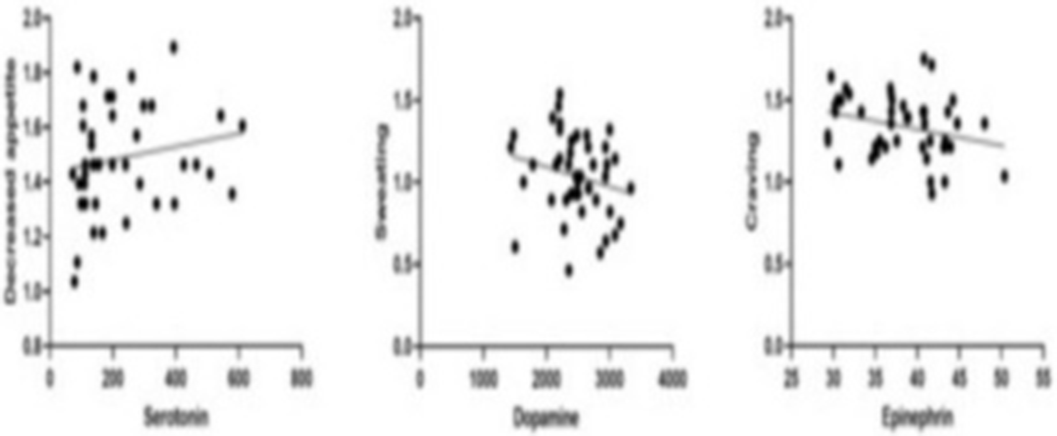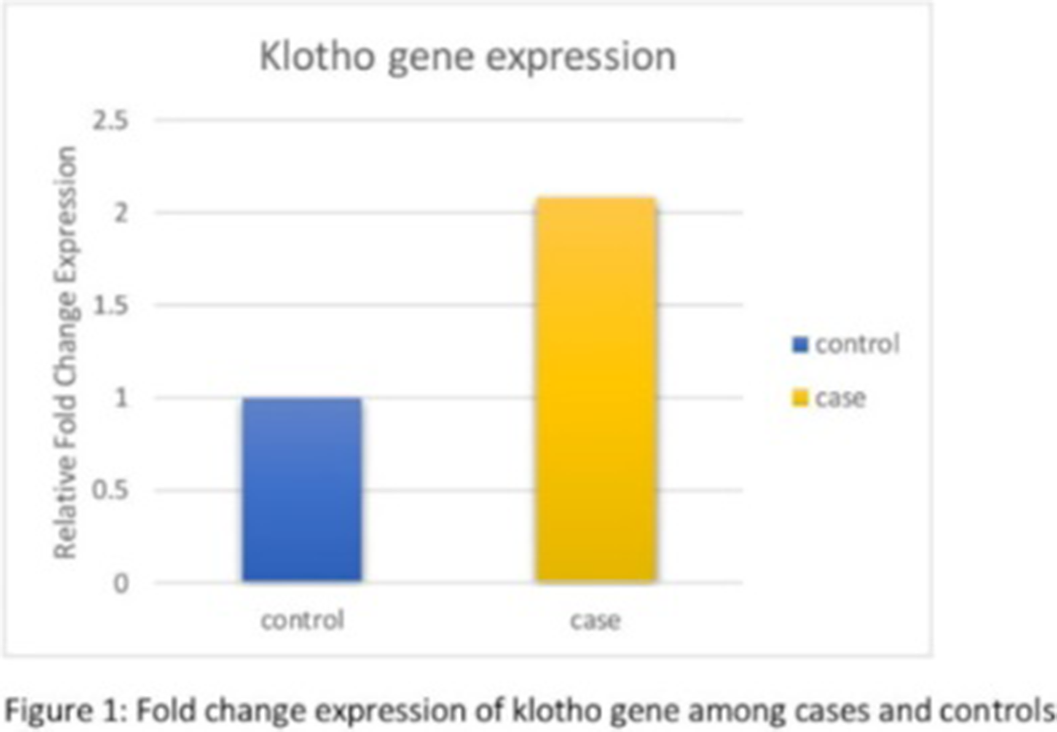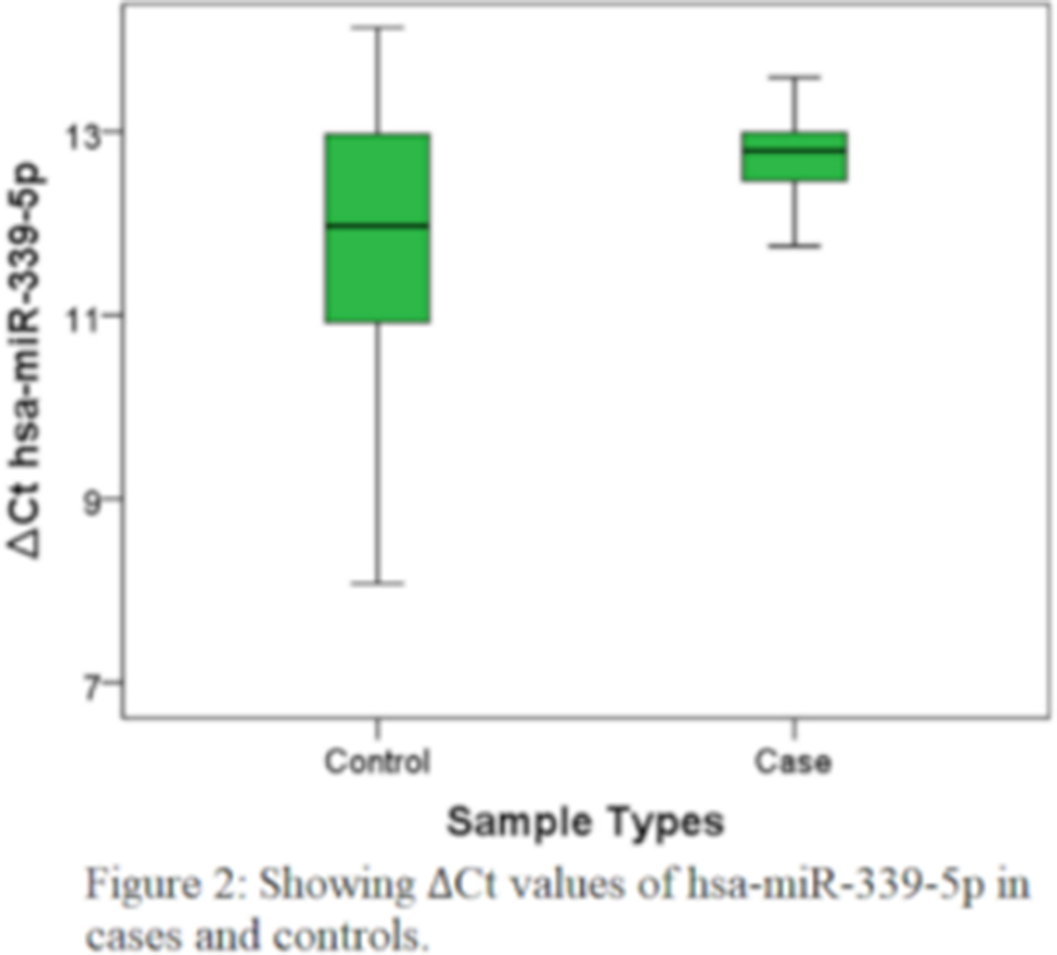511 results
Concept of operations for the Neptune system mission Arcanum – CORRIGENDUM
-
- Journal:
- The Aeronautical Journal , First View
- Published online by Cambridge University Press:
- 27 March 2024, p. 1
-
- Article
-
- You have access
- Open access
- HTML
- Export citation
Phenotypic profiling of lentil (Lens culinaris Medikus) accessions enabled identification of promising lines for use in breeding for high yield, early flowering and desirable traits
-
- Journal:
- Plant Genetic Resources / Volume 22 / Issue 2 / April 2024
- Published online by Cambridge University Press:
- 14 February 2024, pp. 69-77
-
- Article
-
- You have access
- Open access
- HTML
- Export citation
Concept of operations for the Neptune system mission Arcanum
-
- Journal:
- The Aeronautical Journal / Volume 128 / Issue 1321 / March 2024
- Published online by Cambridge University Press:
- 20 December 2023, pp. 469-488
-
- Article
-
- You have access
- Open access
- HTML
- Export citation
Species distribution modelling and population genetic analysis of Yushania anceps; an endemic temperate woody bamboo of the Uttarakhand Himalayas
-
- Journal:
- Plant Genetic Resources / Volume 21 / Issue 4 / August 2023
- Published online by Cambridge University Press:
- 13 November 2023, pp. 357-368
-
- Article
- Export citation
Effect of external magnetic field and dust grains on the properties of ion-acoustic waves
-
- Journal:
- Journal of Plasma Physics / Volume 89 / Issue 5 / October 2023
- Published online by Cambridge University Press:
- 12 September 2023, 905890502
-
- Article
- Export citation
Rice genetic resources for organic agriculture under hill ecology: evaluation and usefulness
-
- Journal:
- Plant Genetic Resources / Volume 21 / Issue 2 / April 2023
- Published online by Cambridge University Press:
- 23 August 2023, pp. 159-165
-
- Article
- Export citation
Effect of prey density on the performance of Eupeodes corollae and its predation rate against the cabbage aphid, Brevicorynae brassicae (L.)
-
- Journal:
- Bulletin of Entomological Research / Volume 113 / Issue 5 / October 2023
- Published online by Cambridge University Press:
- 21 July 2023, pp. 598-603
-
- Article
- Export citation
Characterization of cannabis withdrawal symptoms and serum levels of neurotransmitters among cannabis-dependent smokers during sustained abstinence within a controlled residential environment
-
- Journal:
- European Psychiatry / Volume 66 / Issue S1 / March 2023
- Published online by Cambridge University Press:
- 19 July 2023, p. S569
-
- Article
-
- You have access
- Open access
- Export citation
Association of Klotho gene Expression and miRNA- 339 in Schizophrenia
-
- Journal:
- European Psychiatry / Volume 66 / Issue S1 / March 2023
- Published online by Cambridge University Press:
- 19 July 2023, p. S258
-
- Article
-
- You have access
- Open access
- Export citation
Effect of flow–thermodynamics interactions on the stability of compressible boundary layers: insights from Helmholtz decomposition
-
- Journal:
- Journal of Fluid Mechanics / Volume 962 / 10 May 2023
- Published online by Cambridge University Press:
- 28 April 2023, A18
-
- Article
-
- You have access
- Open access
- HTML
- Export citation
Optimising plasma clozapine levels to improve treatment response: an individual patient data meta-analysis and receiver operating characteristic curve analysis
-
- Journal:
- The British Journal of Psychiatry / Volume 222 / Issue 6 / June 2023
- Published online by Cambridge University Press:
- 30 March 2023, pp. 241-245
- Print publication:
- June 2023
-
- Article
-
- You have access
- Open access
- HTML
- Export citation
Review of management practices of sinogenic intracranial abscesses in children
-
- Journal:
- The Journal of Laryngology & Otology / Volume 137 / Issue 10 / October 2023
- Published online by Cambridge University Press:
- 08 February 2023, pp. 1135-1140
- Print publication:
- October 2023
-
- Article
- Export citation
Effect of depth of flooding on growth and fecundity of fall panicum (Panicum dichotomiflorum)
-
- Journal:
- Weed Technology / Volume 37 / Issue 1 / February 2023
- Published online by Cambridge University Press:
- 07 February 2023, pp. 76-83
-
- Article
- Export citation
Associative factors for tracheostomy in patients presenting with stridor or upper airway obstruction
-
- Journal:
- The Journal of Laryngology & Otology / Volume 137 / Issue 8 / August 2023
- Published online by Cambridge University Press:
- 28 November 2022, pp. 840-844
- Print publication:
- August 2023
-
- Article
-
- You have access
- Open access
- HTML
- Export citation
Comparison of treatment modalities for single-sided deafness in paediatric patients
-
- Journal:
- The Journal of Laryngology & Otology / Volume 137 / Issue 7 / July 2023
- Published online by Cambridge University Press:
- 16 November 2022, pp. 725-731
- Print publication:
- July 2023
-
- Article
- Export citation
Demographics and host-kill parameters of Diglyphus horticola Khan against Chromatomyia horticola (Goureau)
-
- Journal:
- Bulletin of Entomological Research / Volume 113 / Issue 2 / April 2023
- Published online by Cambridge University Press:
- 02 November 2022, pp. 230-242
-
- Article
- Export citation
Green fodder cultivation improves technical efficiency of dairy farmers in semi-arid tropics of central India: a micro-analysis
-
- Journal:
- Journal of Dairy Research / Volume 89 / Issue 4 / November 2022
- Published online by Cambridge University Press:
- 01 December 2022, pp. 367-374
- Print publication:
- November 2022
-
- Article
- Export citation
Influence of soil water content on growth and panicle production of fall panicum (Panicum dichotomiflorum)
-
- Journal:
- Weed Technology / Volume 36 / Issue 5 / October 2022
- Published online by Cambridge University Press:
- 26 September 2022, pp. 678-684
-
- Article
- Export citation
Evidence of ore-bearing fluid interaction with Proterozoic metasediments for the genesis of scapolite in parts of the North Delhi Fold Belt, western India
-
- Journal:
- Geological Magazine / Volume 160 / Issue 1 / January 2023
- Published online by Cambridge University Press:
- 07 September 2022, pp. 95-106
-
- Article
- Export citation
Prandtl number effects on the hydrodynamic stability of compressible boundary layers: flow–thermodynamics interactions
-
- Journal:
- Journal of Fluid Mechanics / Volume 948 / 10 October 2022
- Published online by Cambridge University Press:
- 07 September 2022, A16
-
- Article
-
- You have access
- Open access
- HTML
- Export citation















